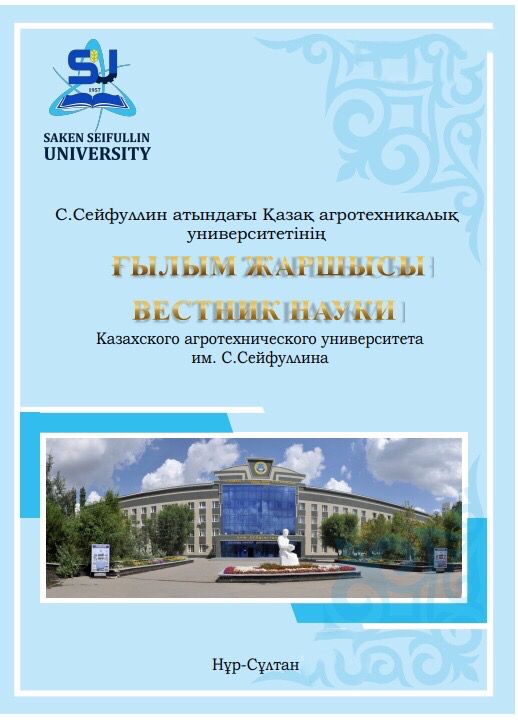THE ORETICAL BASES AND PRACTICAL RESULTS OF RESOURCESAVING TECHNOLOGY OF CULTIVATION OF DARK - CHESTNUT SOIL
Keywords:
saving technology, minimization,Abstract
As a result of six years of scientific research (2012-2017) on dark chestnut soils of the dry steppe zone, an undeniable advantage of resource-saving technology in comparison with the traditional one was established. It allows in arid risky agriculture of Northern Kazakhstan to decrease the mechanical effects of tillage machines on the soil and reduce the number of passes units on the field, significantly reduce the erodibility and reduce energy costs. Minimum and zero tillage technologies have the advantage and in the accumulation and preservation of moisture in the soil, especially in the years with arid autumn. On average, over the years of research, the increase in the yield of spring wheat by minimum and zero tillage technology in comparison with the traditional
multifunctional technology was 2.0 and 1.5 t/ha, peas -3.3 and 2.4 t/ha, spring ginger 1.5 and 1.8 t/ha, respectively. However, in rainy autumn due to the fact that precipitation and melt water were better absorbed by the soil in variants with traditional and minimum treatment, the advantage of zero technology wasn't so significant. Little effective zero technology and in years with little snow in the winter, as well as after a year of acute drought, when due to low crop yields remains little crop residues. Minimum, especially zero tillage technology, in the first place, on well-cultivated soils with favorable agrophysical properties for plants, as well as on fields clean of weeds should be used.

